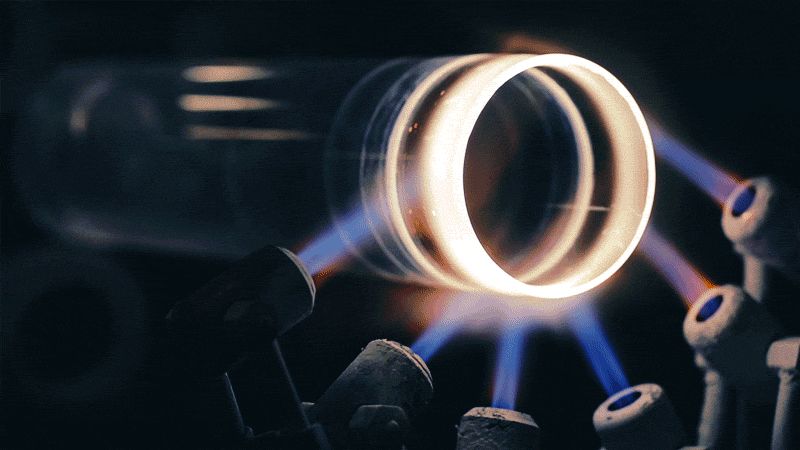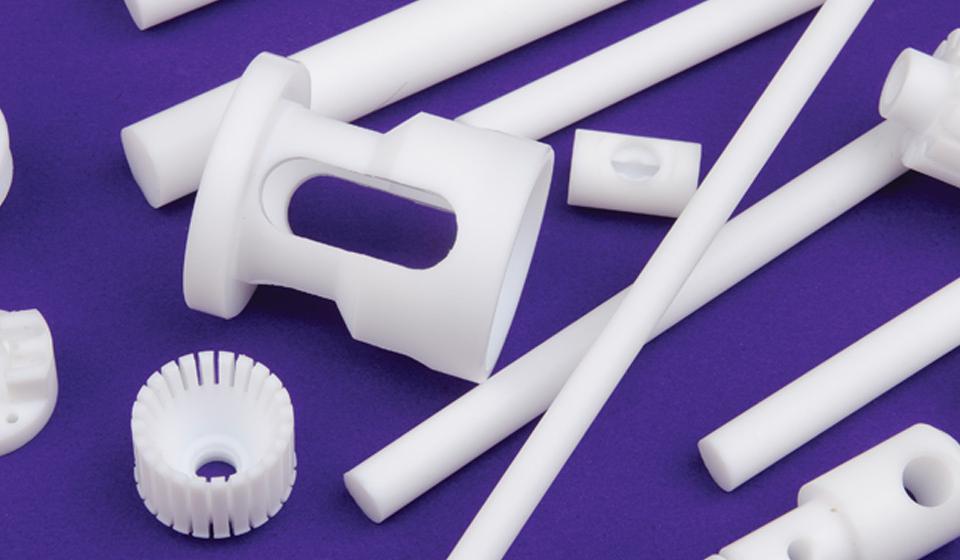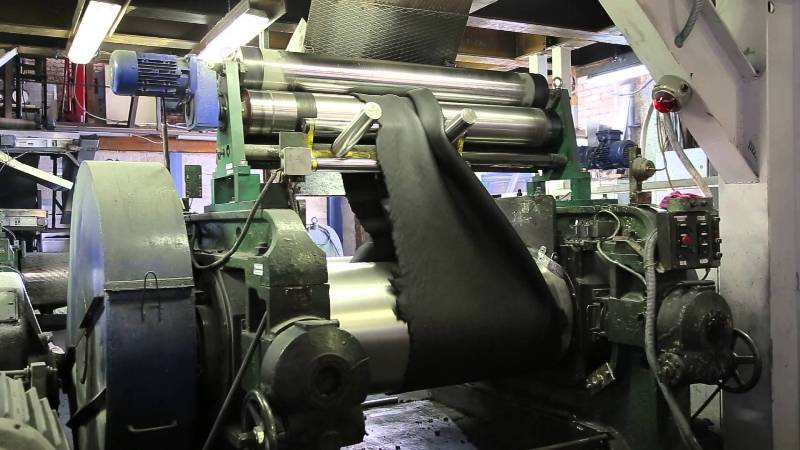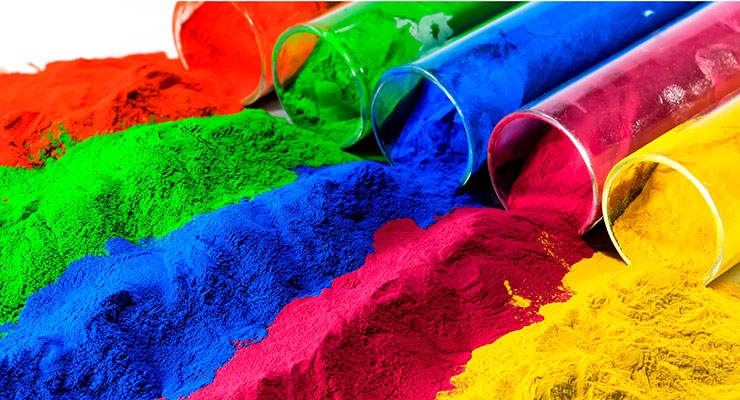Ceramic supporting rod insulators of IOS and S series are intended for an insulation and mounting of the current-carrying parts in electrical devices, switchgears of power stations and substations, with a voltage of 1000 V and frequency up to 100 Hz, located at the altitude of 1000 m above sea level.
Improved insulators have the following predominant features:
– the manufacture of the insulators is made of high-strength aluminous material of a subgroup 130 GOST 20419-83, which, in view of the advanced insulator manufacturing technology, allows to reduce the weight of insulators (up to 20%), to guarantee mechanical strength (the main mechanical criterion of rod insulators) with a reserve coefficient of 1,5 from the minimum mechanical fracture load while bending;
– for insulator reinforcement is applied a high-quality, straight portland cement with a linear expansion not above 0,03%;
– a solid system of unreinforced insulators checking was implemented – by ultrasonic non-destructive inspection (UZNK). This is one of the methods of direct evaluation of their mechanical condition. The quality of the insulators is also provided by a rigid approach to their testing and specified acceptance rules;
– for the first time, the insulator attachments are made of high-strength cast iron in accordance with DSTU 3925-99, which replaced the attachment made of gray cast iron having much lower strength characteristics, and has anticorrosion protection – zinc coating, which will ensure its normal operation during its service lifetime of 30 years and does not require practically special field maintenance;
– armoring joints are protected with a silicone caulk, which increases the reliability and life duration of the insulators, as this coating has excellent protective and operational properties and is one of the most advanced protective coatings that meet modern requirements through the lens of environment;
– a common basis for assessment the reliability of the insulators are their testings and field experience. For this purpose, due to the specified acceptance rules, the insulators are tested for their reliability under periodic typical and qualification tests influenced by the loads simulating operational, climatic, and mechanical loads. If the test results are positive, the maintenance characteristics and the reliability of the insulators are guaranteed for the whole period of operation;
– electrical and mechanical tests of the improved insulators and rigid testing for their reliability will ensure failure-free operation of electrical installations including these insulators under various operating conditions;
Rod insulators are used for disconnect switches – high-voltage switching devices, which are intended for switching on and switching off the deenergized circuit units carrying a voltage, as well as the grounding of disconnected units by means of grounding switches, for the package of: disconnect switches, shorting plugs, separators, circuit breakers, arresters, bus supports, platform (overpass) supports.
The following letters and figures in the conventional value of insulator types denote:
I – insulator;
O – supporting;
S – rod;
35; 110 – nominal voltage, kV;
400; 500; 600; 1000; 1250; 2000 – minimum breaking force while bending, daN;
01 – structural design;
1 – modification;
I; II – pollution degree according to GOST 9920-89;
M – improved structural design;
UHL – climatic version for the moderate and cold areas according to GOST 15150-69;
1 – placement category (for outdoor operation) according to GOST 15150-69.
The following letters and figures in the conventional value of C4 insulator types denote:
C – rod;
4 – minimum mechanical breaking force while bending, kN;
195; 80 – test voltage of lightning impulse, kV;
I; II – pollution degree according to GOST 9920-89;
M – improved structural design;
UHL – climatic version according to GOST 15150-69.










